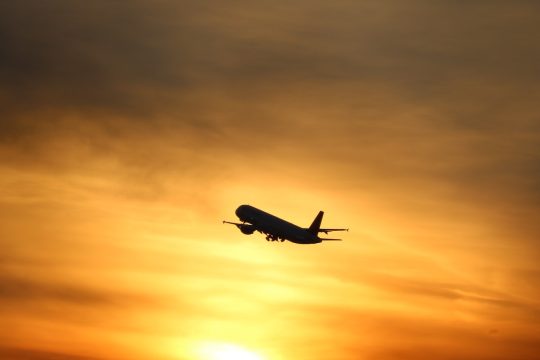IATA Outlines Aviation Safety Protocols Amid Rising Geopolitical Conflict
IATA reiterates civil aviation safety layers as conflict-driven disruptions impact global air routes.

The International Air Transport Association (IATA), referencing recent Middle East conflict, has restated the safety mechanisms governing commercial aviation near areas of military activity.
As outlined in its June 25, 2025 advisory, the remarks come in the context of “understandable questions” from passengers following recent missile events and the 2024 downing of Azerbaijan Airlines flight 8243.
How States Regulate Conflict-Zone Airspace
According to IATA, civil aviation operates under a layered decision-making system beginning with state compliance to the Chicago Convention, which prohibits targeting civilian aircraft.
Airline & Regulator Risk Assessments
Subsequent layers include state-issued airspace restrictions via NOTAMs, regulator-led route advisories—typically aligned to agencies such as the FAA and EASA—and internal risk assessments by individual airlines. “Even if airspace is unrestricted, airlines must use the information available to them to make a final decision on which routings they will use,” notes the statement.
Real-Time Flight Re-Routing and ICAO Oversight
Real-time aircraft rerouting, coordination among air navigation service providers, and ICAO-led contingency planning have been activated in various conflict scenarios—including the Iran–Israel conflict and Russia–Ukraine corridor. These efforts aim to balance safety, capacity, and rerouted traffic loads.
GNSS Interference and Safety Workarounds
IATA also highlighted ongoing interference with Global Navigation Satellite Systems (GNSS), citing increased incidents near active conflict zones.
In response, coordination with the European Union Aviation Safety Agency (EASA) is underway to improve early warning protocols and develop technical mitigations.
“With the support of governments, airlines will do their absolute best to protect and deliver global connectivity,” reads the closing section of the statement.